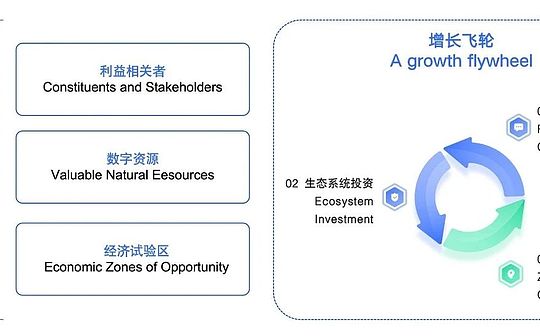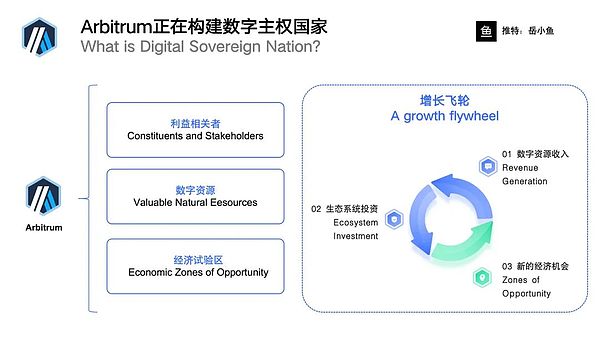
Author: Yue Xiaoyu, source: X,@yuxiaoyu111
1. How far is the emergence of the Internet country?
At first, the well-known investor Balaji wrote a book called “The Network State”, which proposed the concept of network countries.
Network states refer to a highly consistent online community that has collective action capabilities to buy land globally through crowdfunding and ultimately gain diplomatic recognition from existing sovereign states.
In this concept, network countries started from digital communities and gradually moved to physical existence, using blockchain technology to achieve governance and resource allocation without relying on traditional institutions.
Ethereum founder Vitalik, who is the V God everyone calls, has also mentioned and discussed this concept many times.
He believes that the spirit of blockchain and network countries are very consistent, and it is an important infrastructure of network countries.
God V even explores this concept through practical actions, most famously being the Zuzalu experiment launched in Montenegro in 2023:
This is a two-month temporary “popup city” that brings together more than 200 Ethereum community members, crypto executives, biotech entrepreneurs and researchers, with a focus on longevity science, public goods and online country discussions.
But V God admits that the next steps are unclear, especially in governance problems, such as centralization and elite issues.
2. With the maturity of infrastructure, Arbitrum, the leader of Ethereum Layer2, has now proposed its vision to build a digital sovereign country.

This digital sovereign state has three main core elements:
First, there are diversified participants and stakeholders.
The final presentation is DAO, where ArbitrumDAO has complete on-chain control over protocol upgrades and fund holdings.
This control is the basis for its vision of realizing the digital sovereign state.
Second, valuable digital resources are needed.
Here, these resources refer to Arbitrum’s block space and execution environment, which are actually high-profit digital commodities.
Layer2’s economy allows it to retain a large amount of network revenue, with the average gross margin of Arbitrum One transaction exceeding 95%.
The value generated by Arbitrum on-chain activities can be directly accumulated into ArbitrumDAO finance.
Third, economic pilot zones need to be generated through fiscal deployment.
The ability to create and retain revenue allows ArbitrumDAO to reinvest assets in new projects.
These projects in turn drive demand for Arbitrum block space and activity, which becomes a growth flywheel.
3. If we regard Arbitrum as a country, we can see the specific situation of this country.
(1) First of all, this country is federal
The largest central district is Arbitrum One, with 48 Arbitrum Chains.
But this country is not a loose alliance, but has strong binding and association, and its common technical foundation determines that it can achieve a high degree of interoperability.
These federations also have very high autonomy: they can customize Gas tokens, choose their own DA (data availability scheme), and settle in
(2) The GDP of this country reaches US$200 million
On-chain GDP, that is, the total application revenue generated on the network.
Among them, the three giant applications of Uniswap, GMX and Aave have accounted for 40.5% of the on-chain GDP of Arbitrum One.
(3) The pillar industry of this country is DeFi
Each country has its own pillar industry. For Arbitrum, the pillar industry is DeFi.
However, only one core industry is still too single, so Arbitrum is actively expanding other industries, such as RWA, gaming, and social networking.
Of course, Arbitrum expects its own federations to explore, that is, to realize different types of ecology on different sub-chains.
4. Summarize it
The blockchain industry is always constantly creating new and innovative things.
The fundamentals are blocksChain is a technology that transforms production relations, with the goal of reconstructing the current organizational form.
Then, the Internet country can be said to be the ultimate goal and a bigger vision.
Arbitrum’s clear view of digital sovereign states as its vision is a very bold attempt.
These regional and phased experiments ultimately bring breakthroughs from quantitative change to qualitative change.







